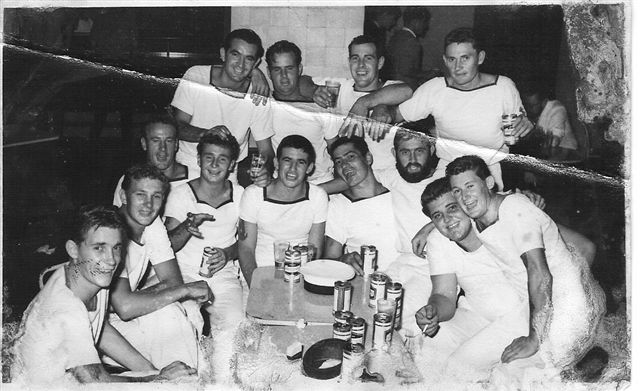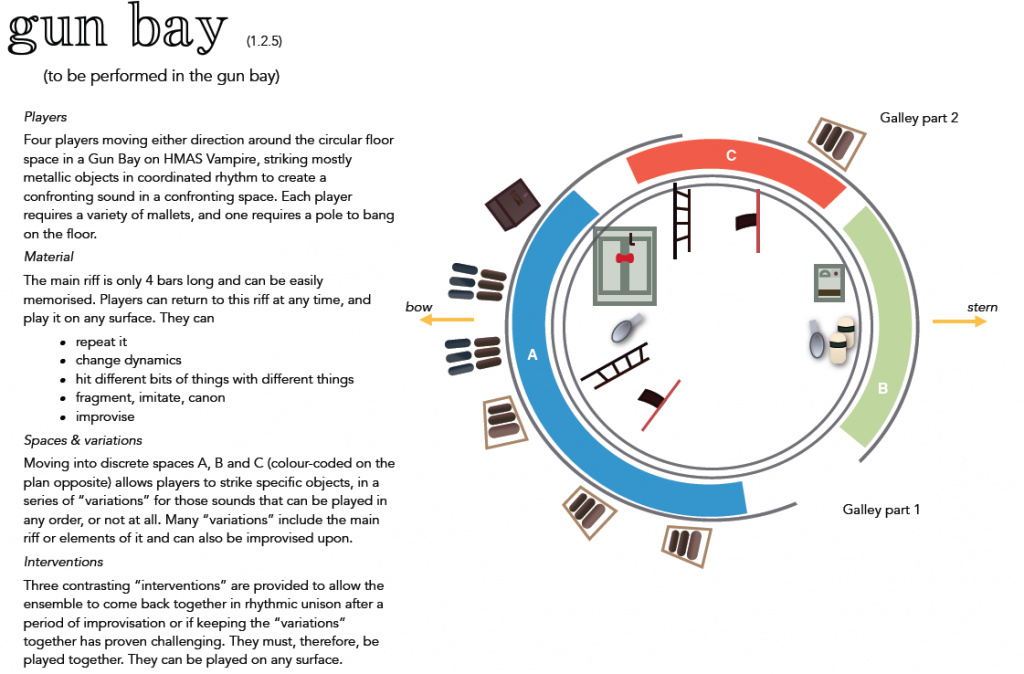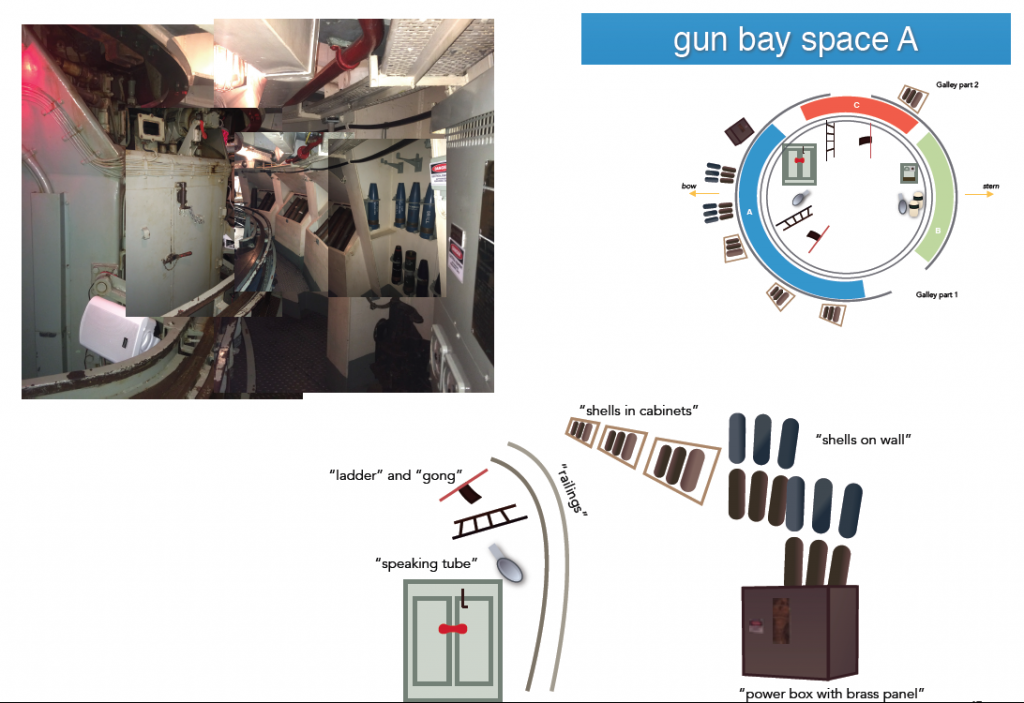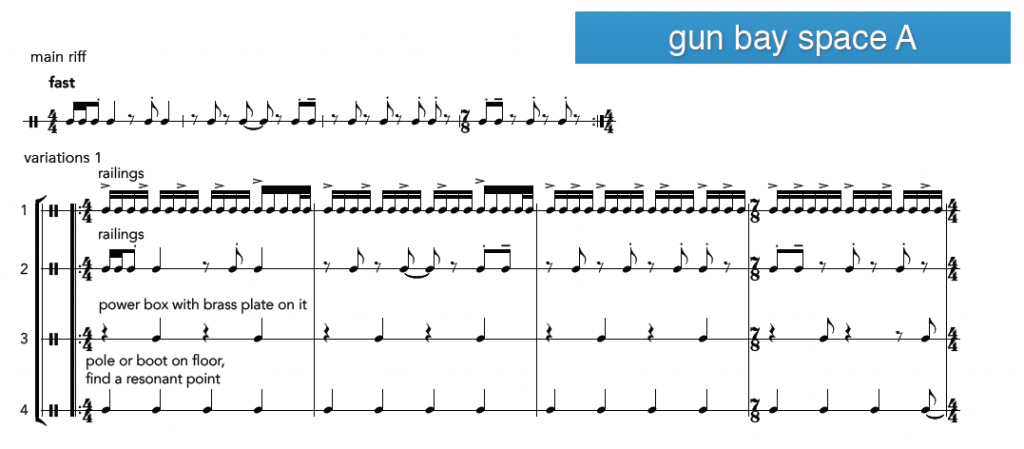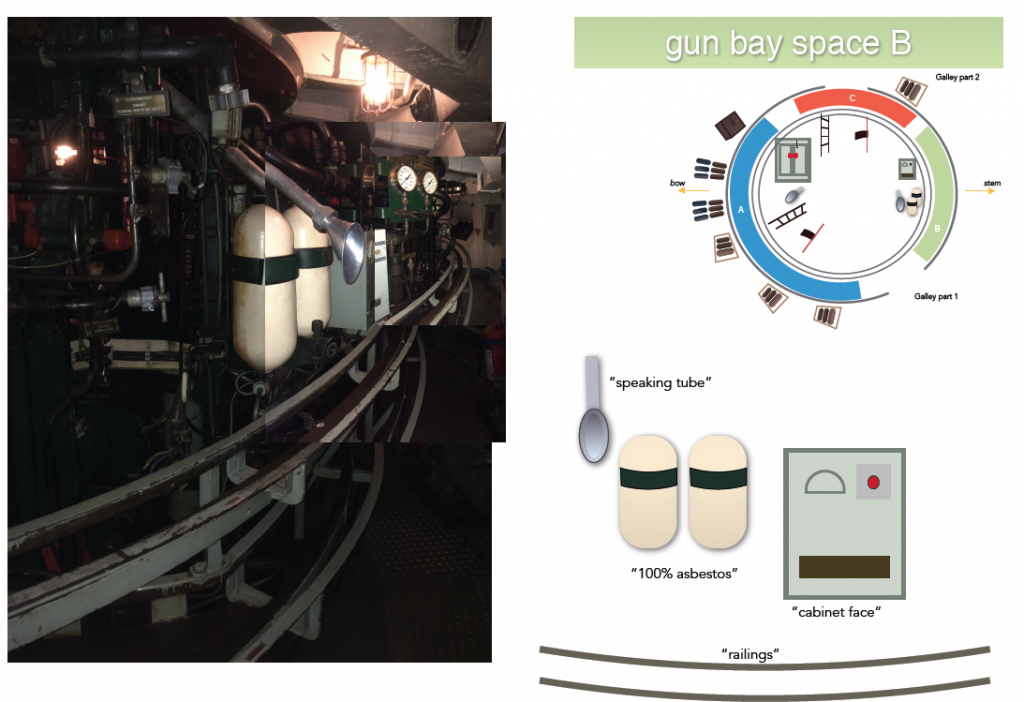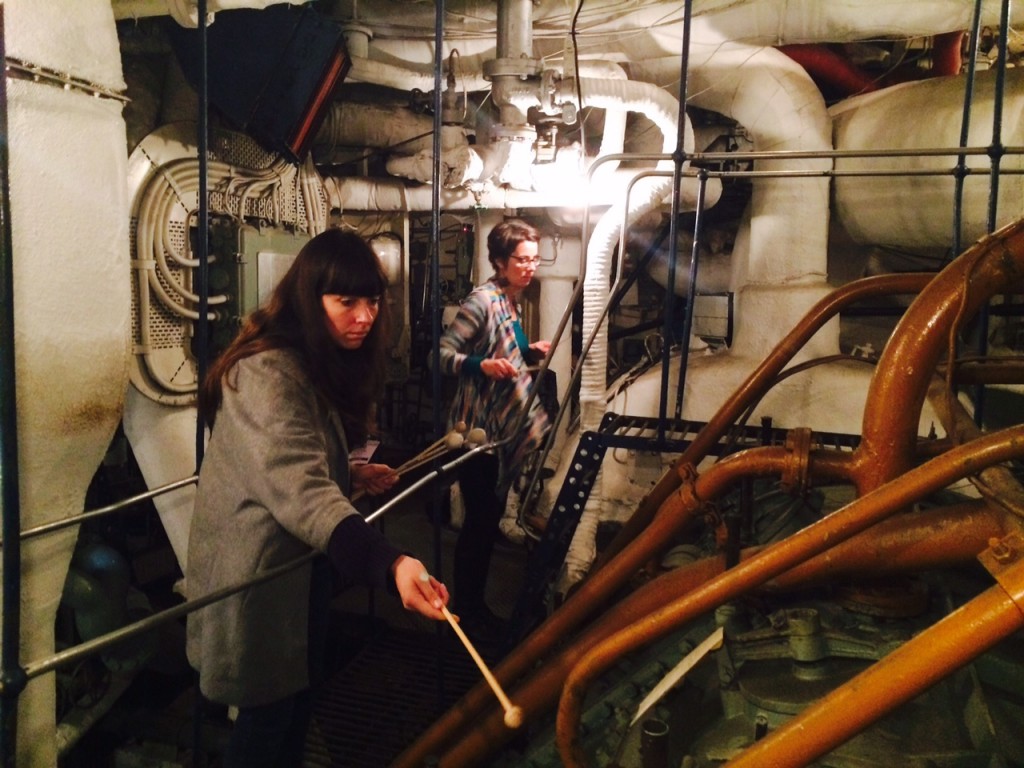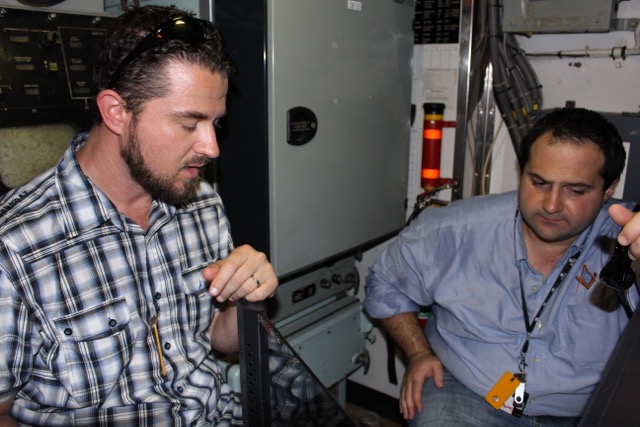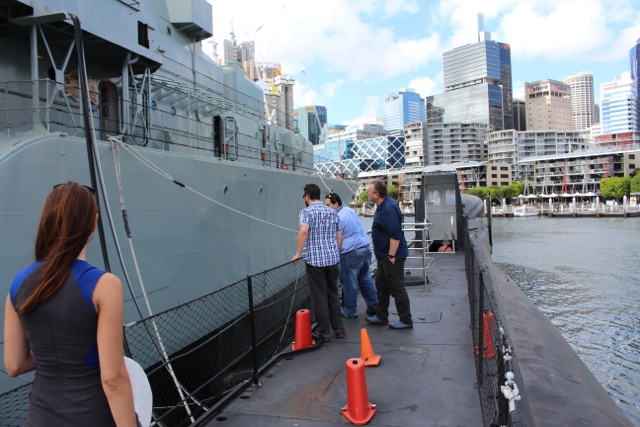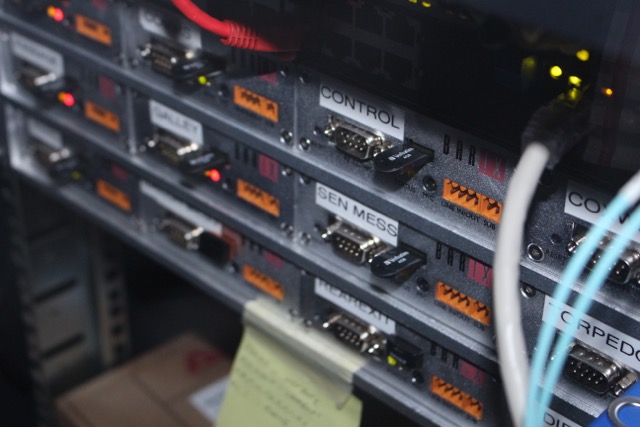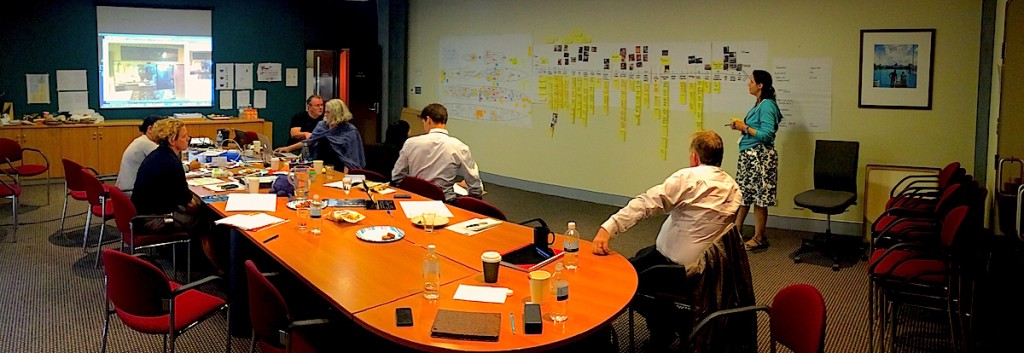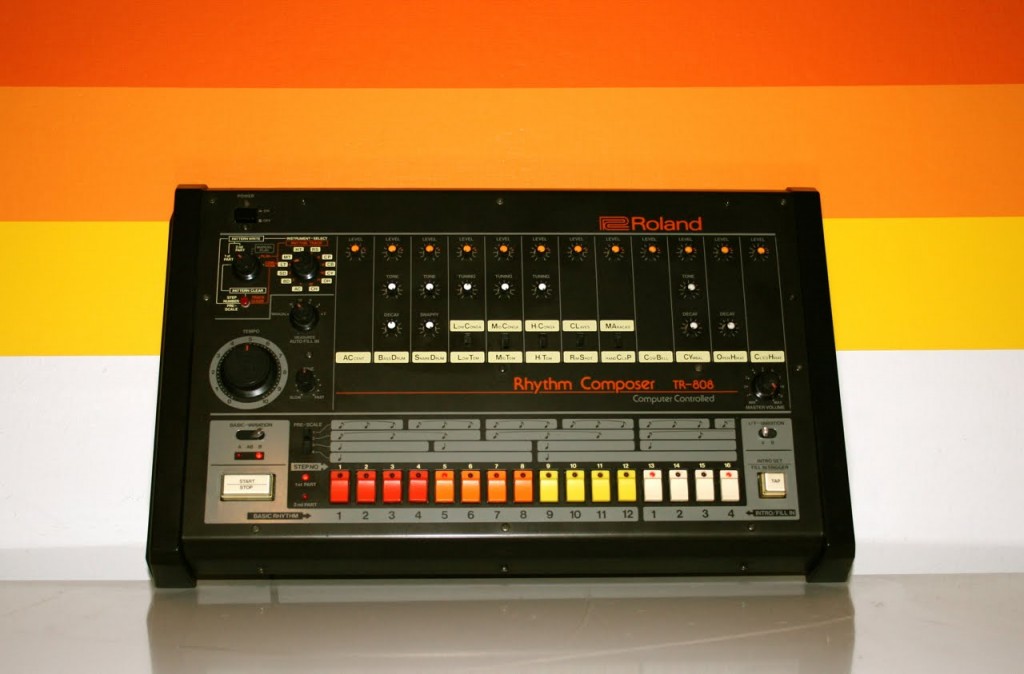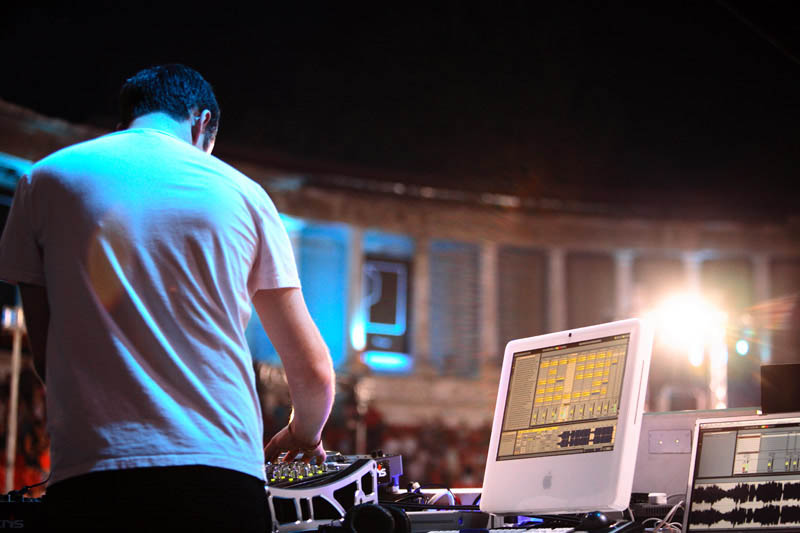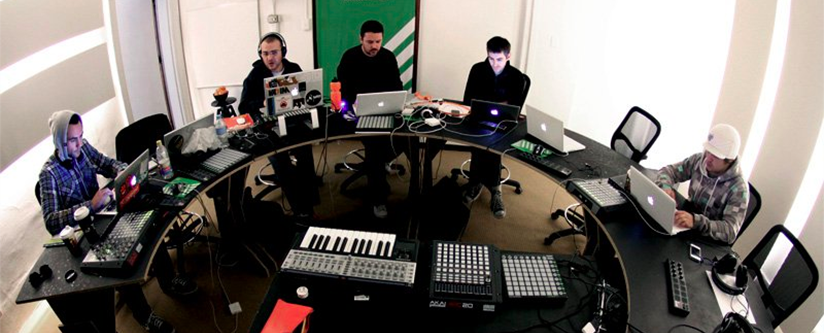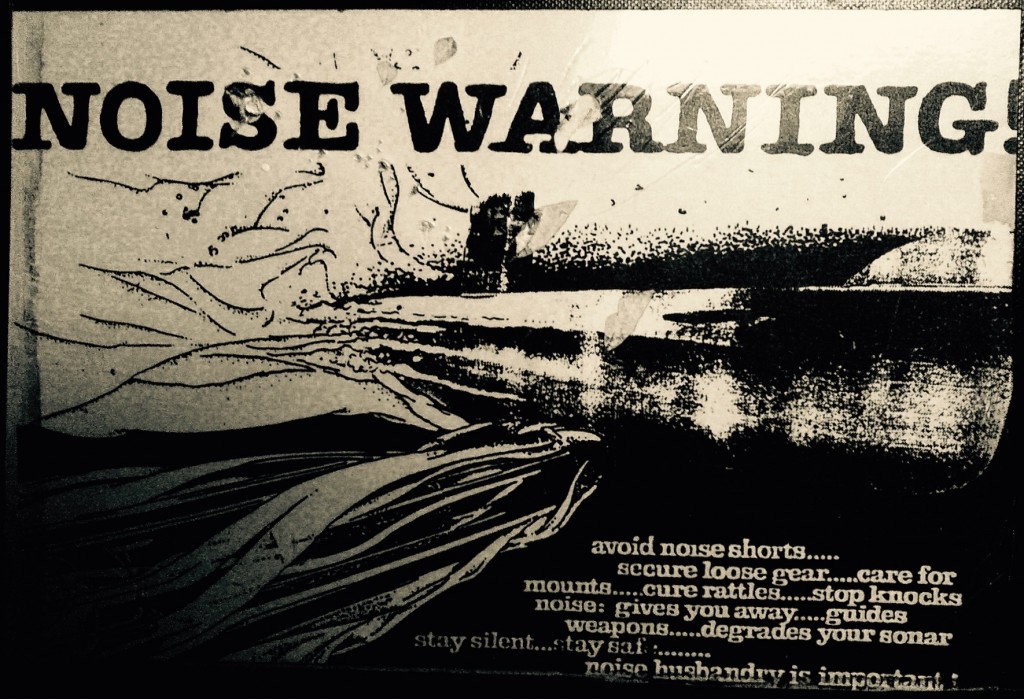Hendrixing it out in the name of mateship (mate-ship)
The storyworld and MOD’s design for the galley is to show the camaraderie that is so often described by the crew over the decades that HMAS Vampire was in service.
I’ve decided to take a double approach to achieving this in sound. In the MOD specification, they suggest the kinds of sounds that would have been around the galley – laughter, shouting, chatting – but my brief is to abstract didactic sounds everywhere. So my plan is to head into a bar, find some boisterous Aussie-accented blokes to record, and then to make those samples sound like distorted memories – long ago, swirling around the space, but also still recognisable as voices. I captured some speaking on the internet today to mock this up with (I’m not going to tell you where it’s from, but if you recognise it you’ll see I was being very cheeky), and was pretty happy with the results…
The second part of the double approach is to return to the playlist, or at least the concept of having a playlist from the time that the vessels were in service, and to write a piece that mimics the rock-funk of Jimi Henrix, but in this case for Ensemble Offspring, adding to the abstracted and even surreal nature of the sound. I’ve made a few sketches and I’ll complete a digital draft to share soon.
